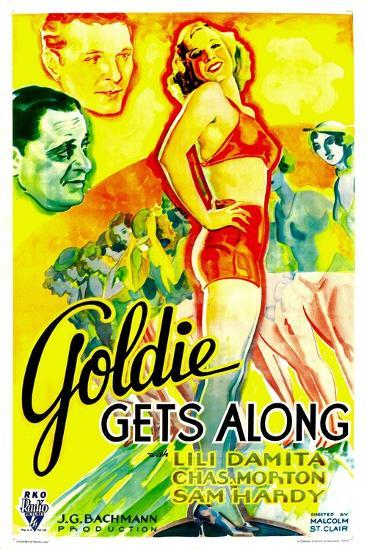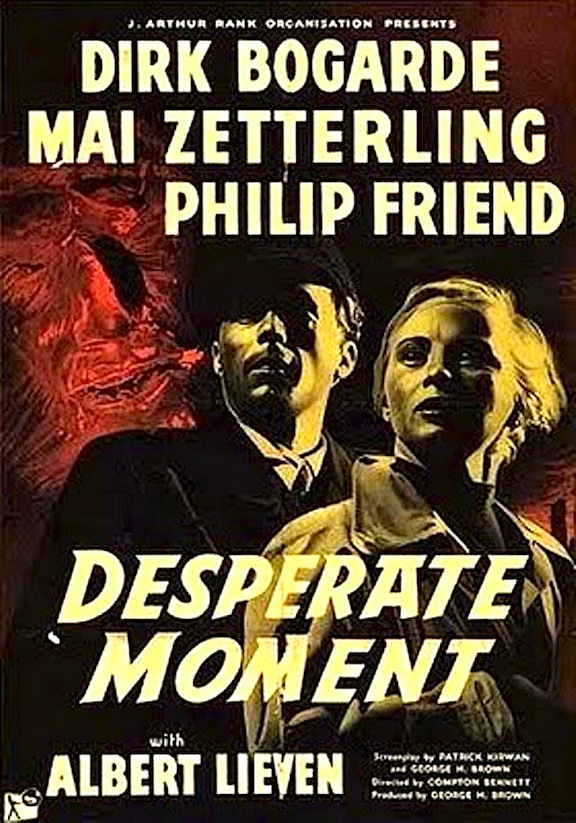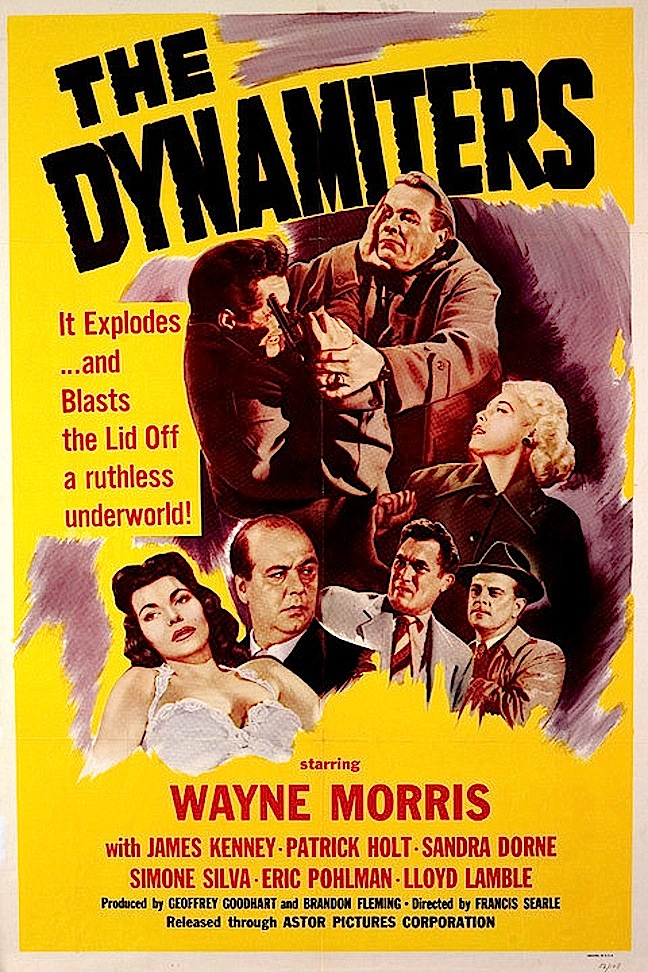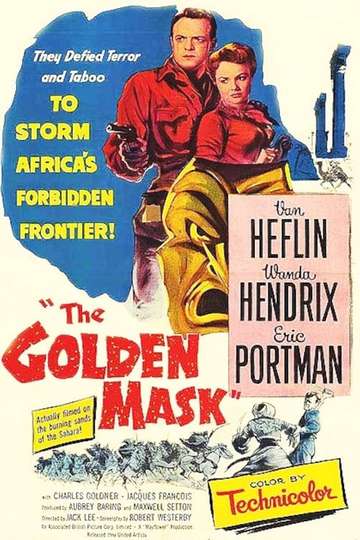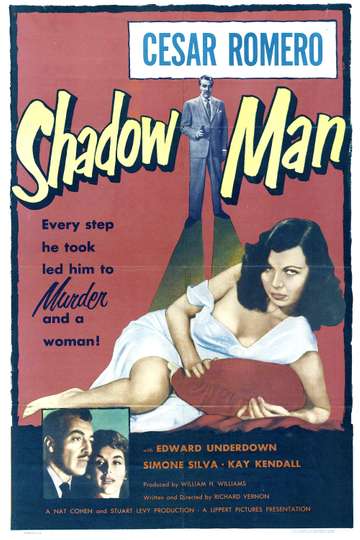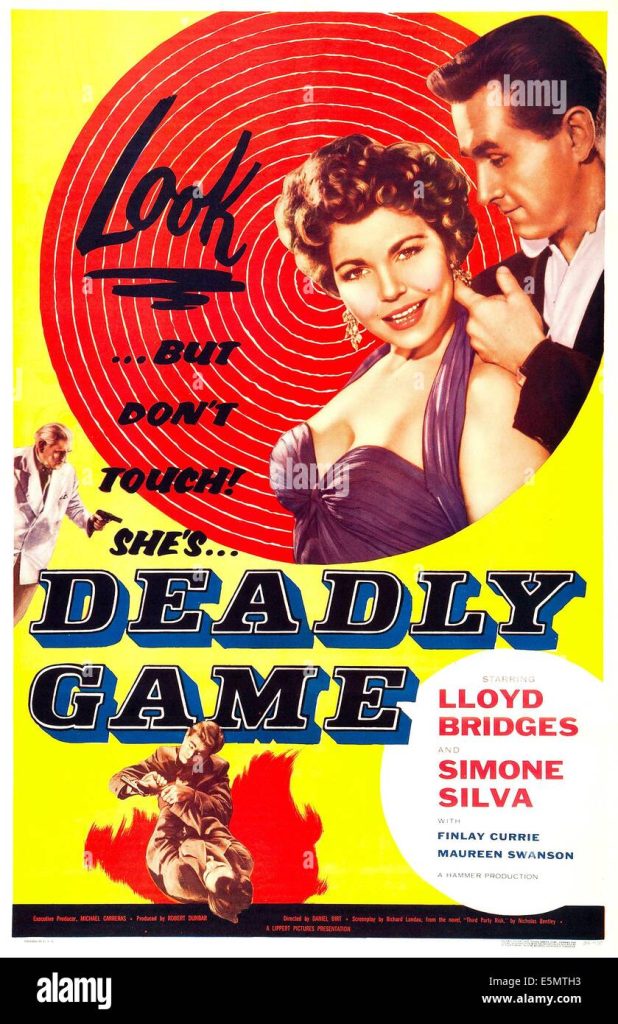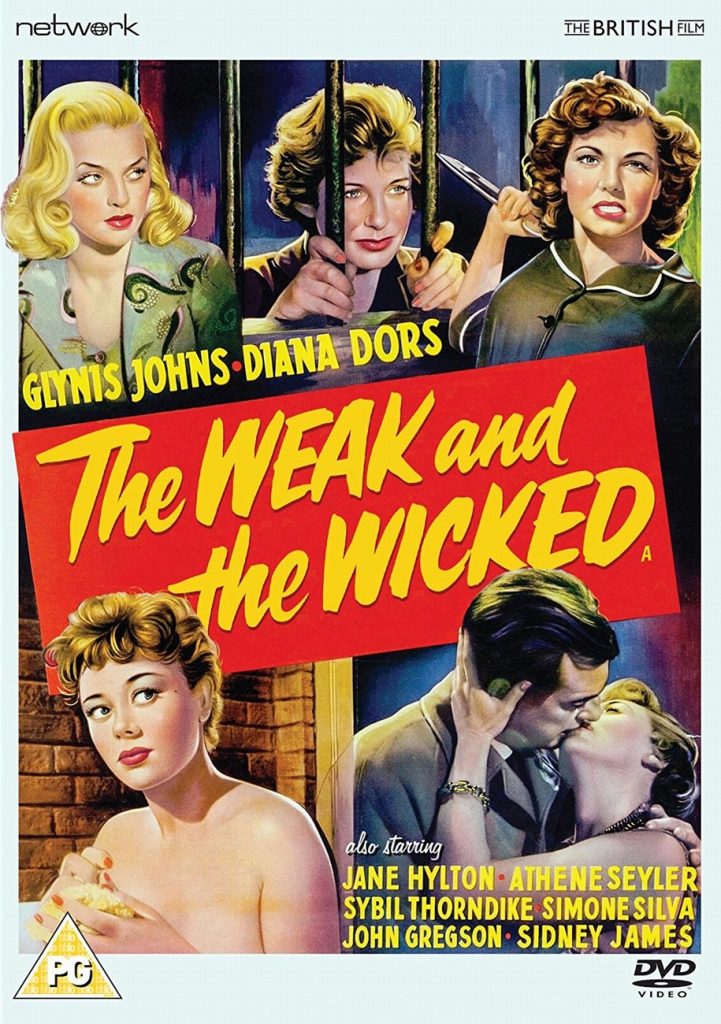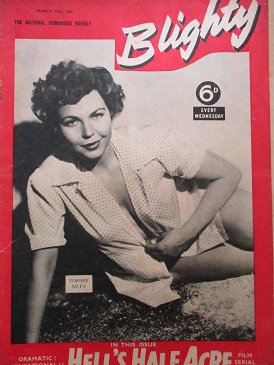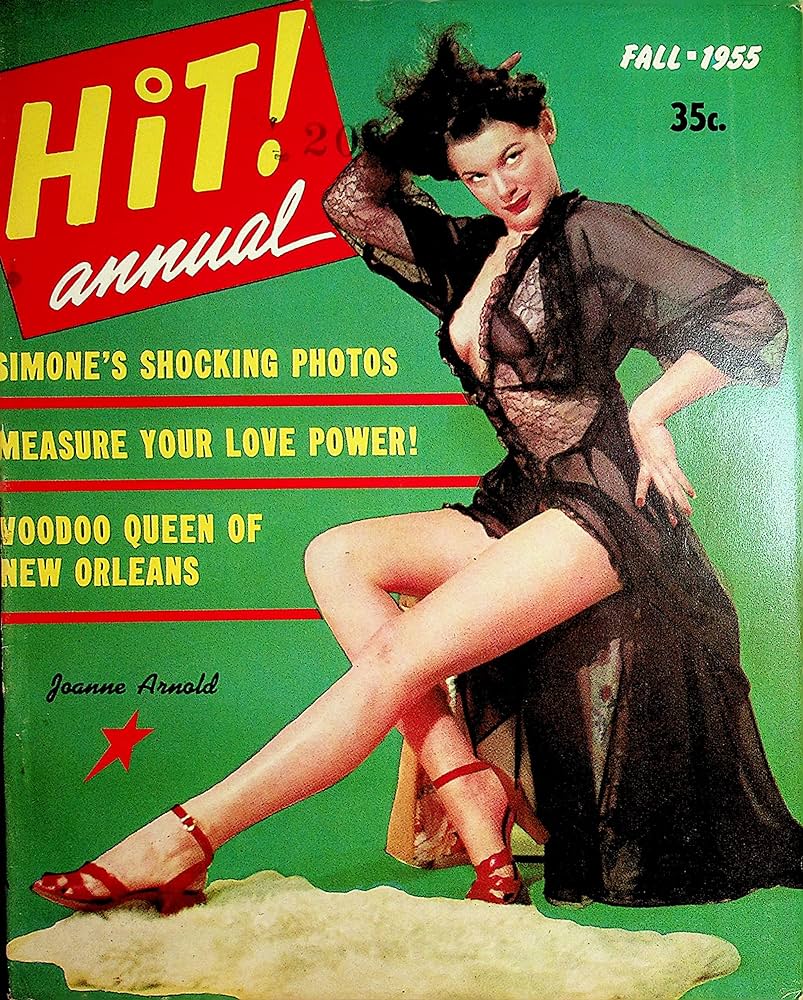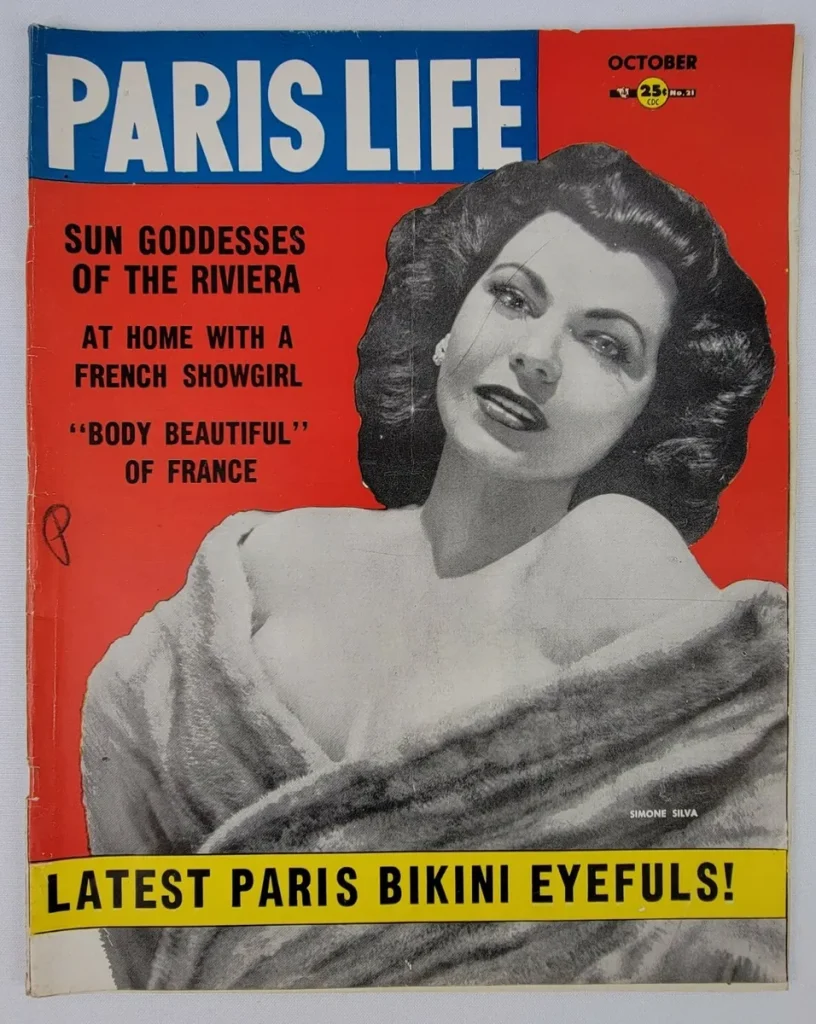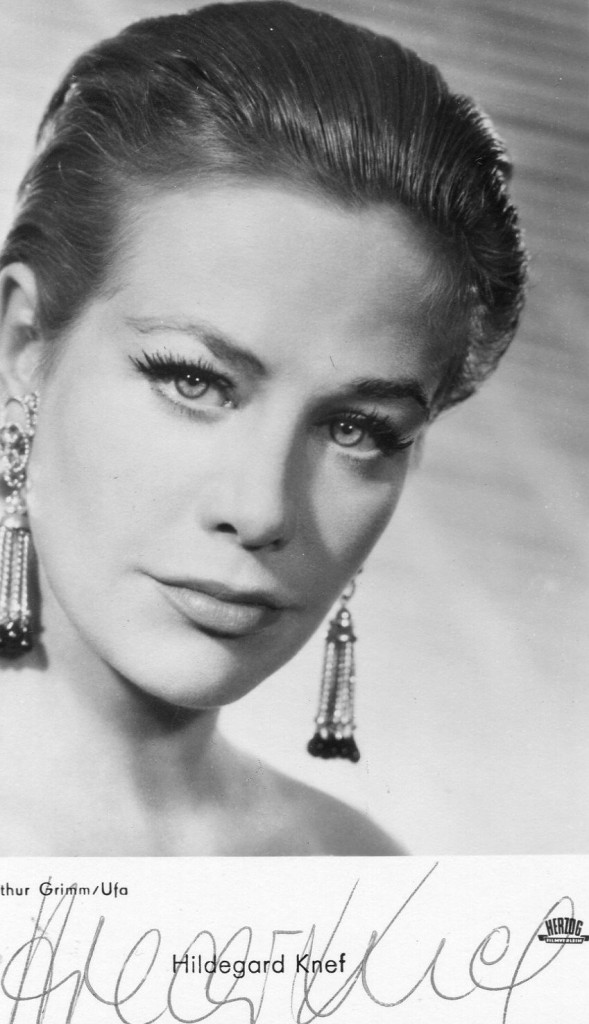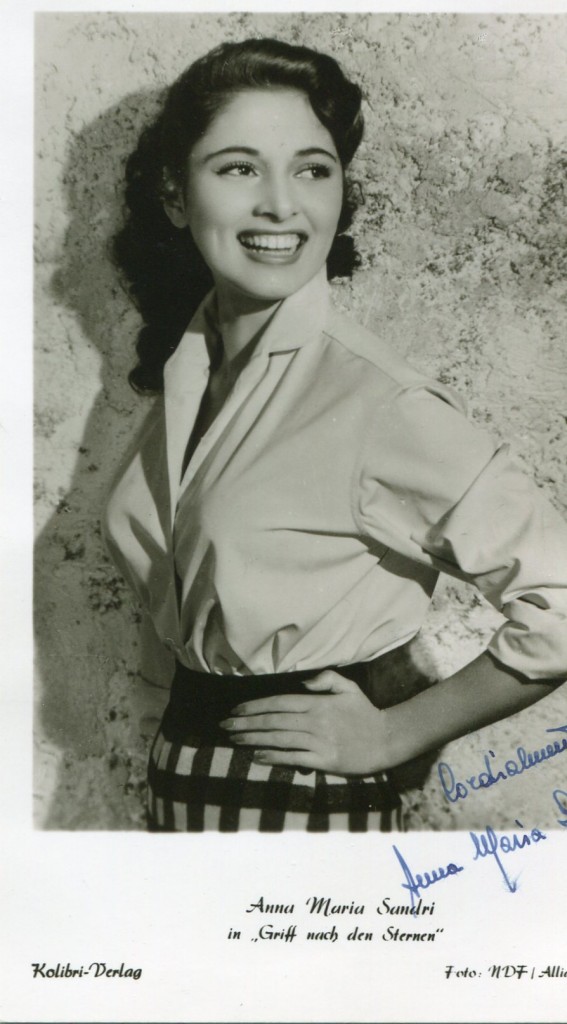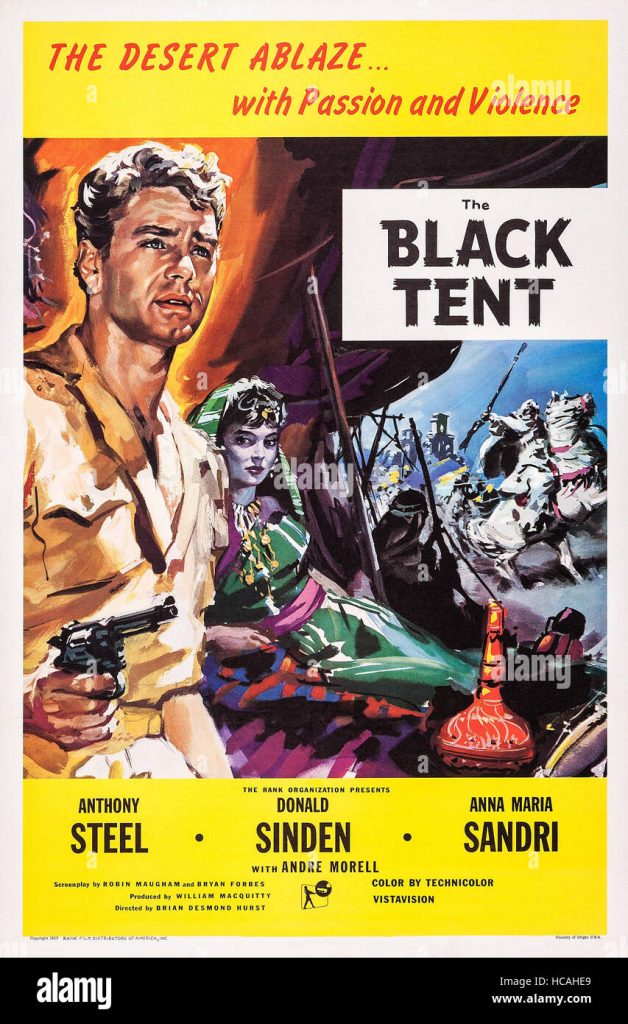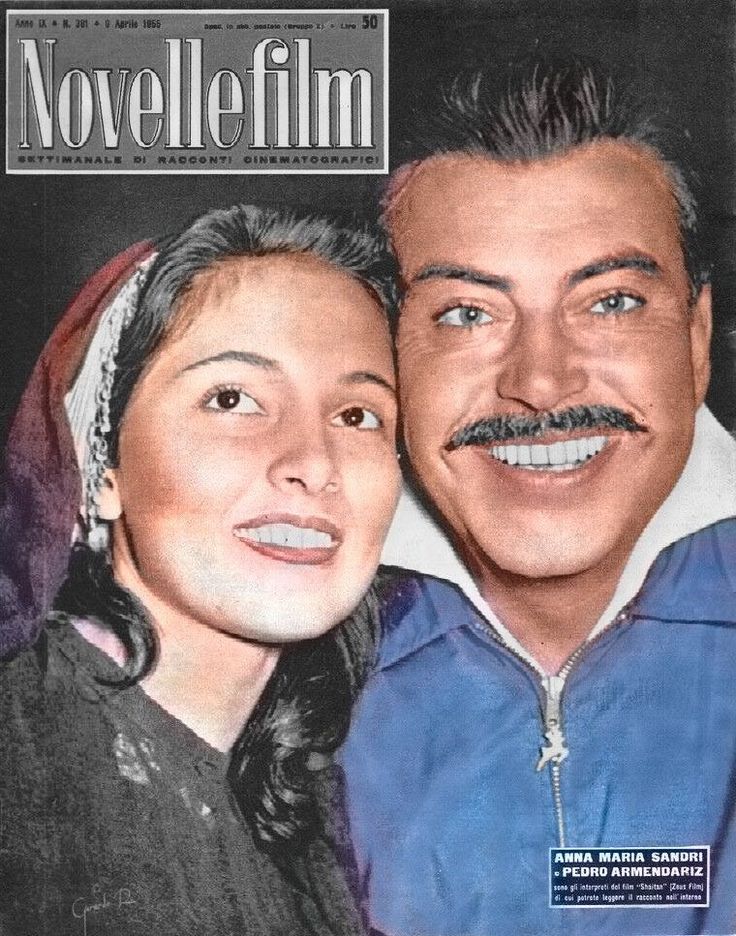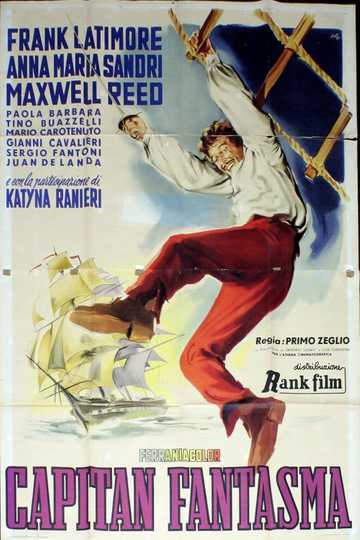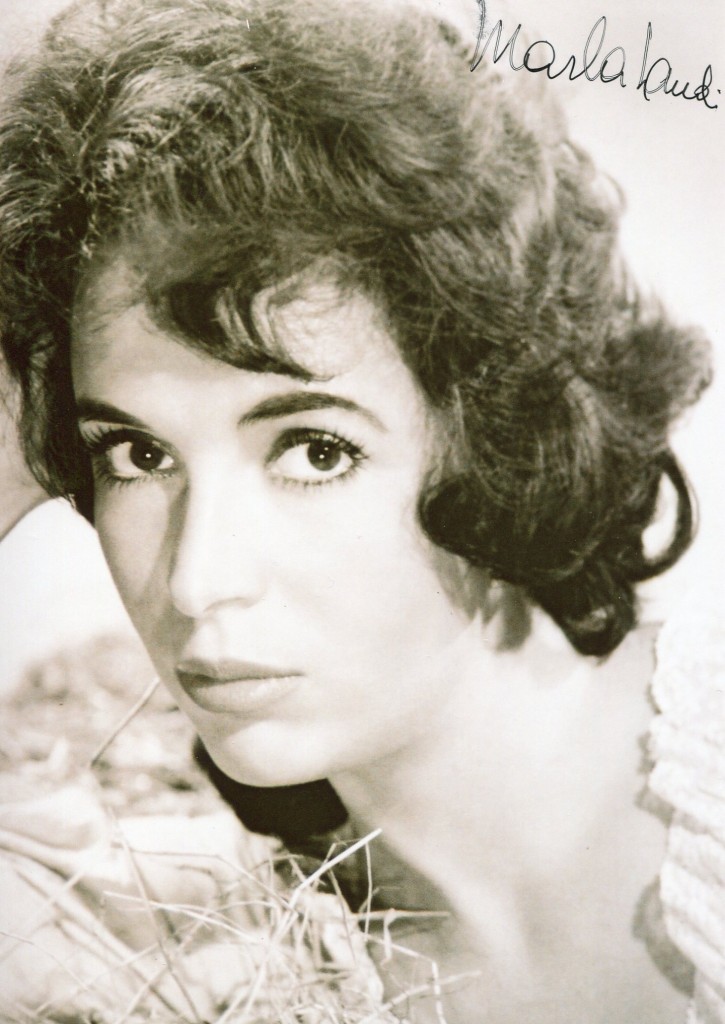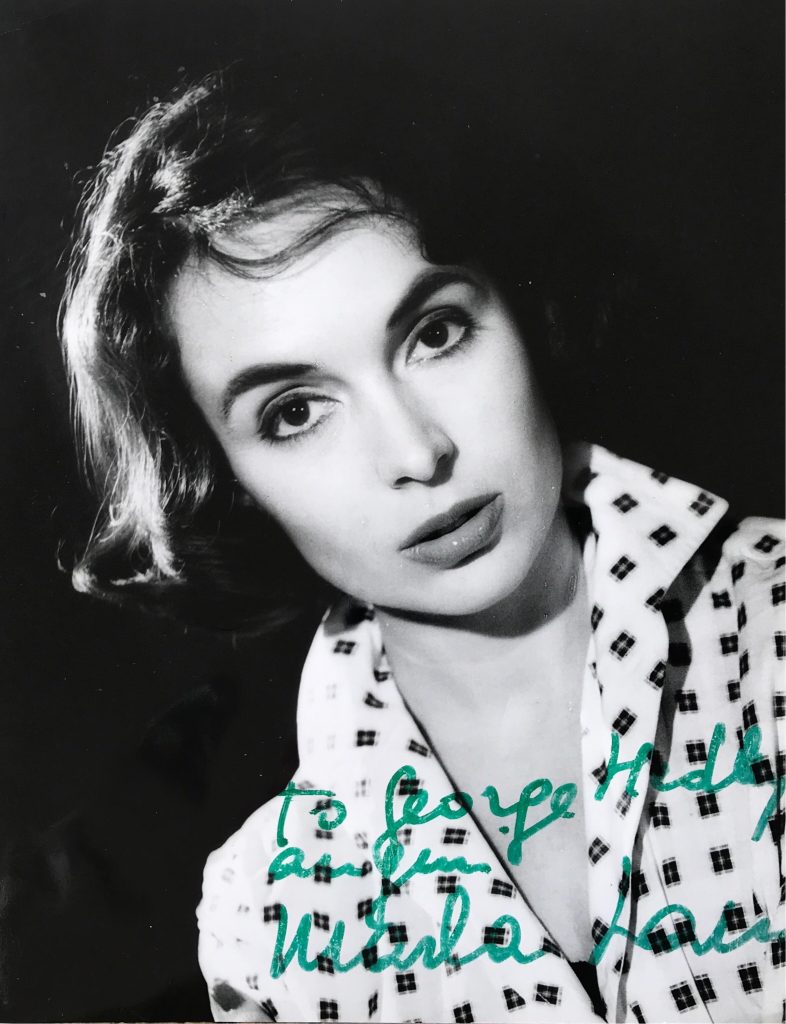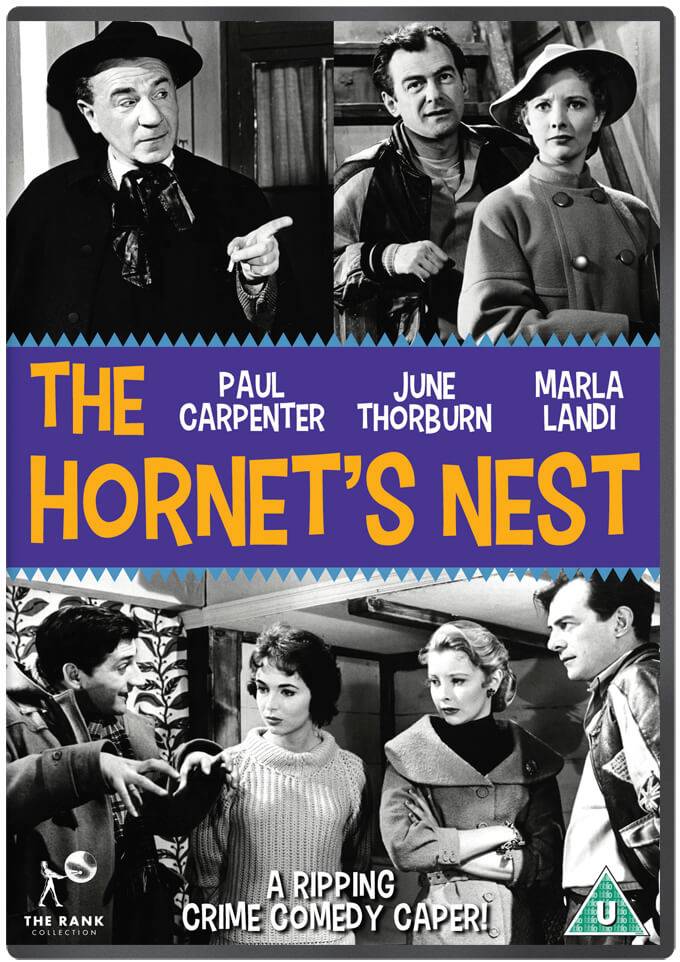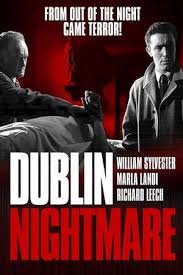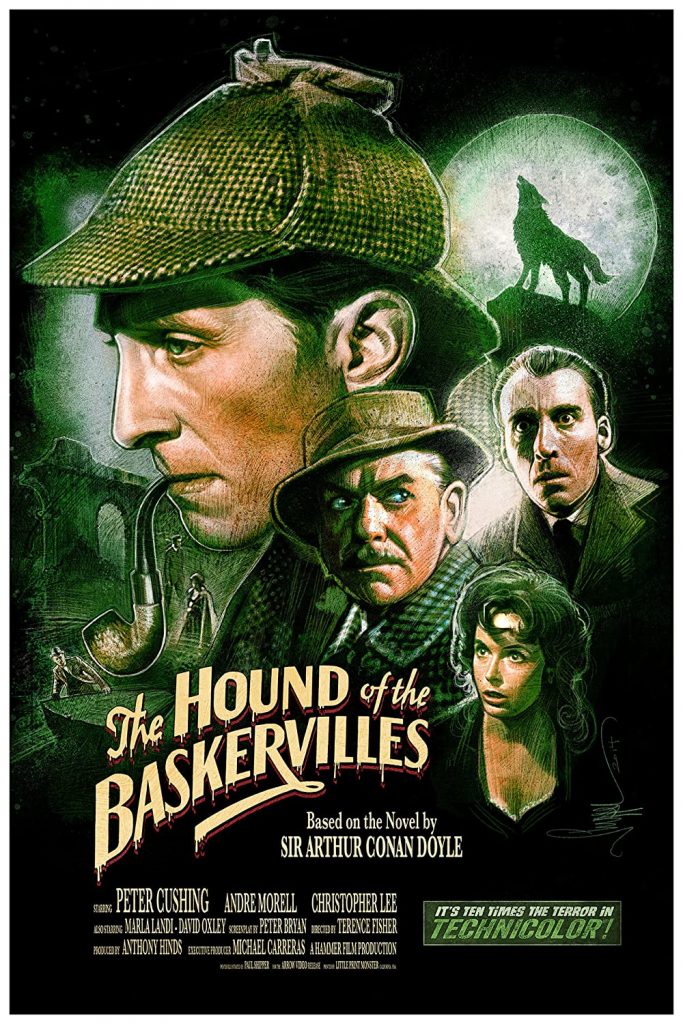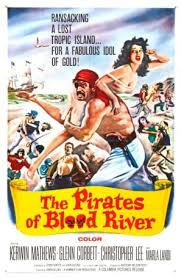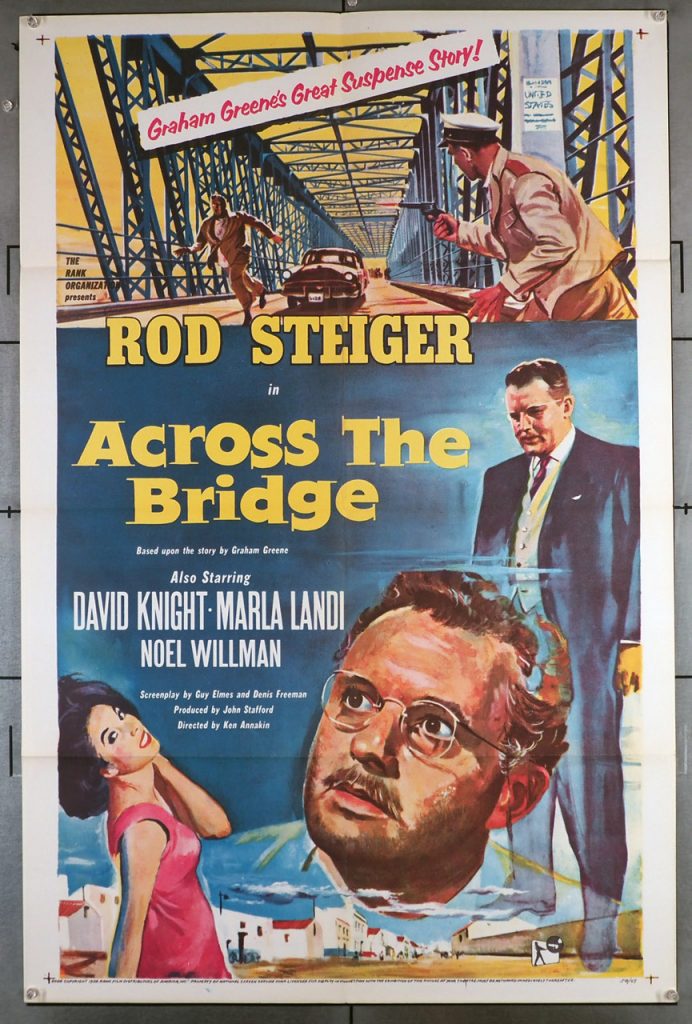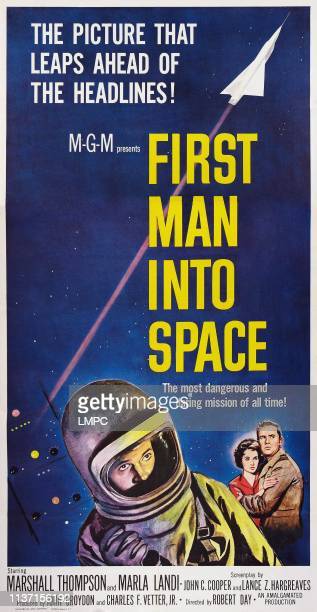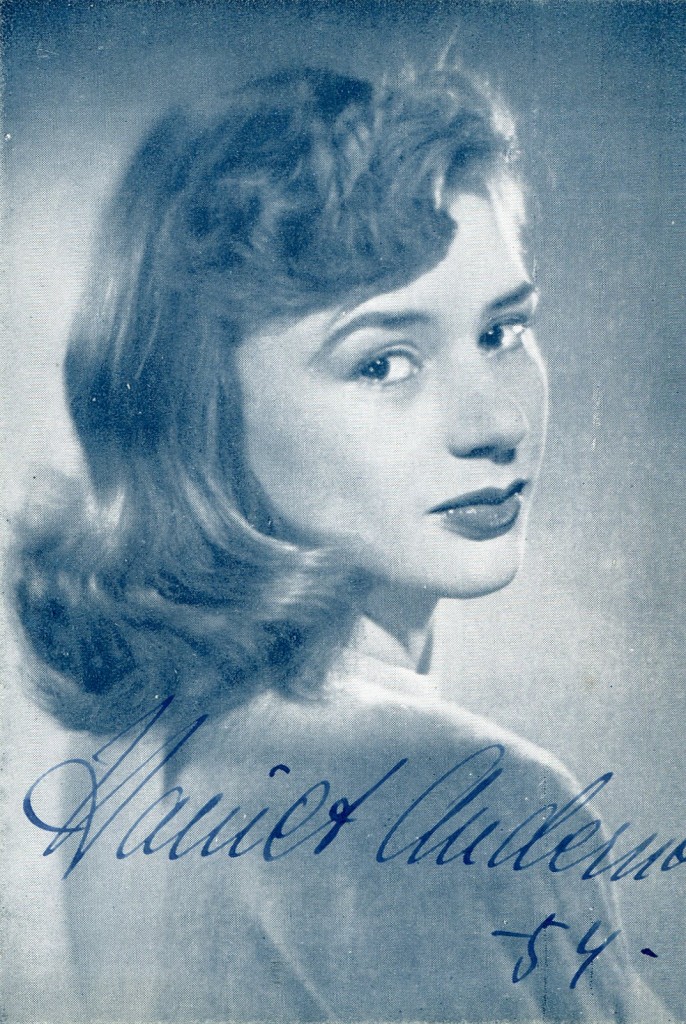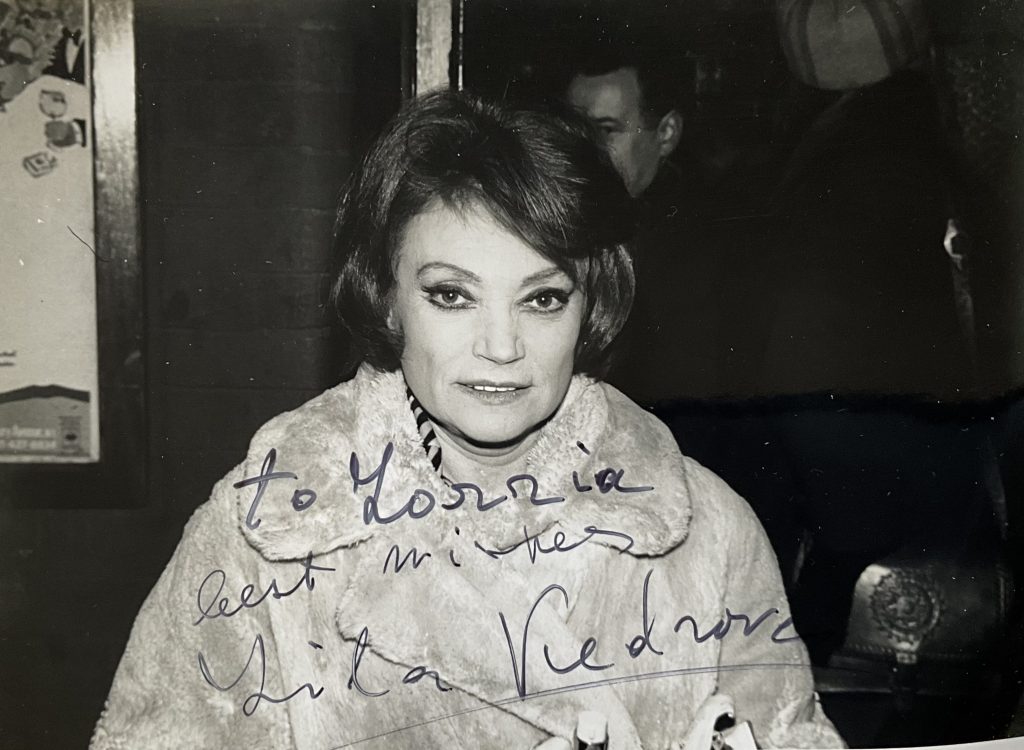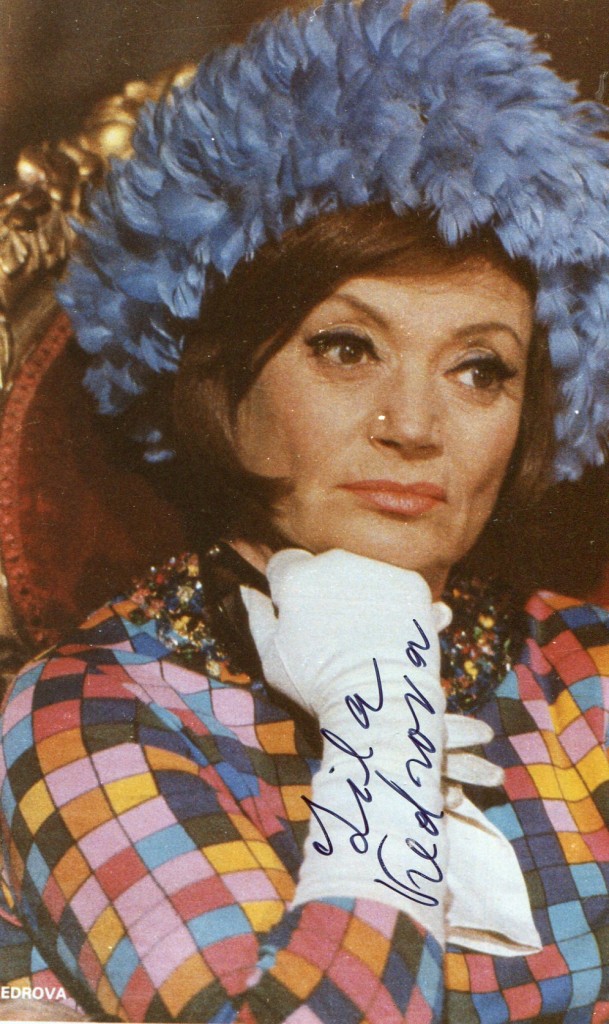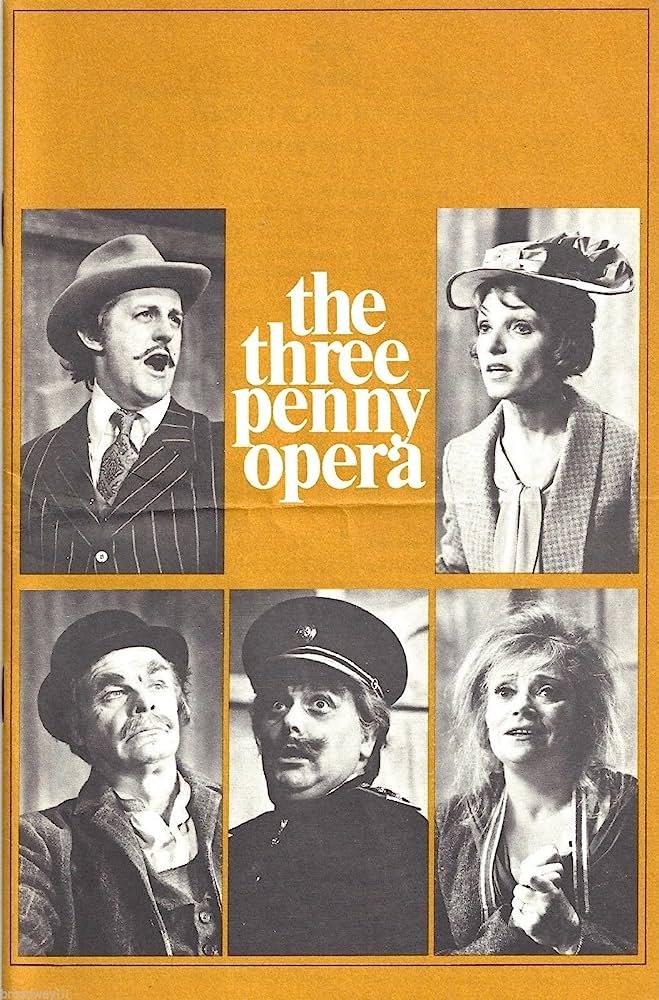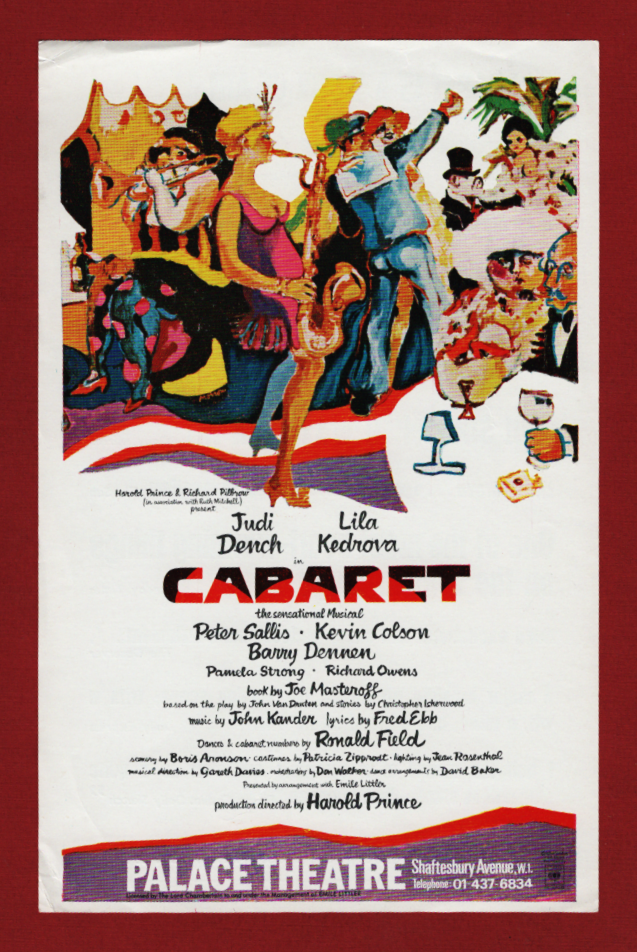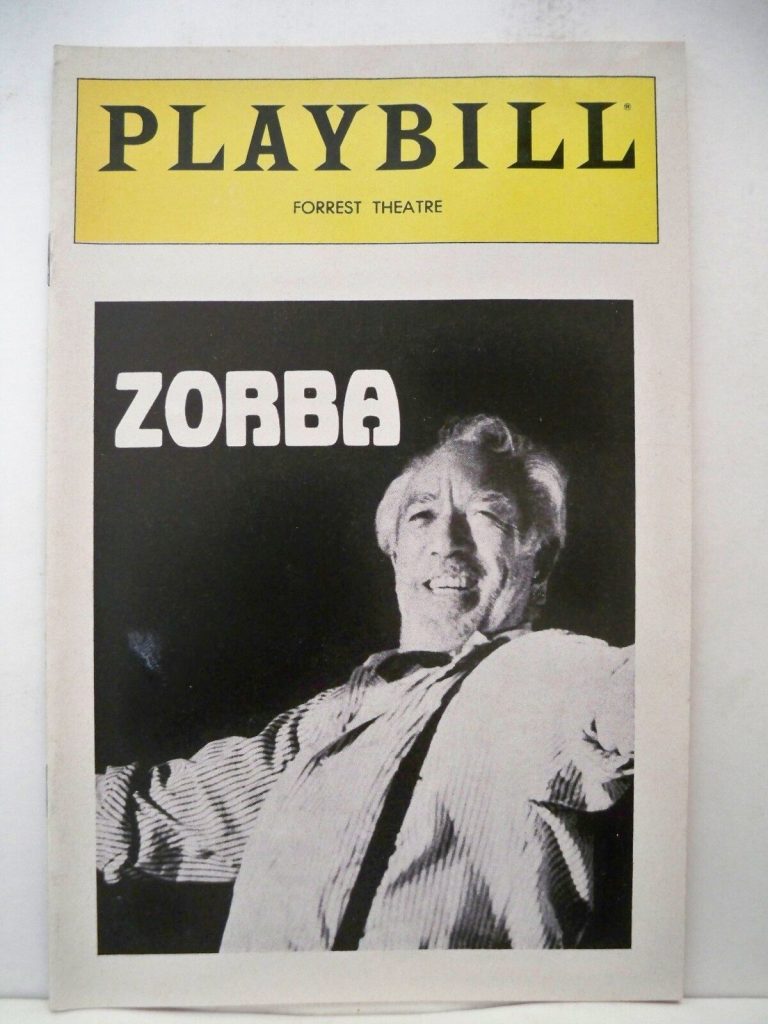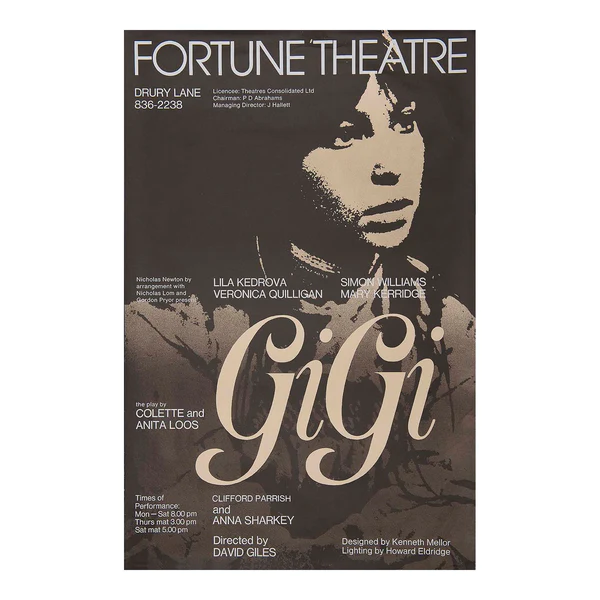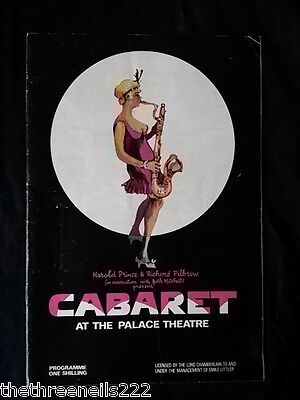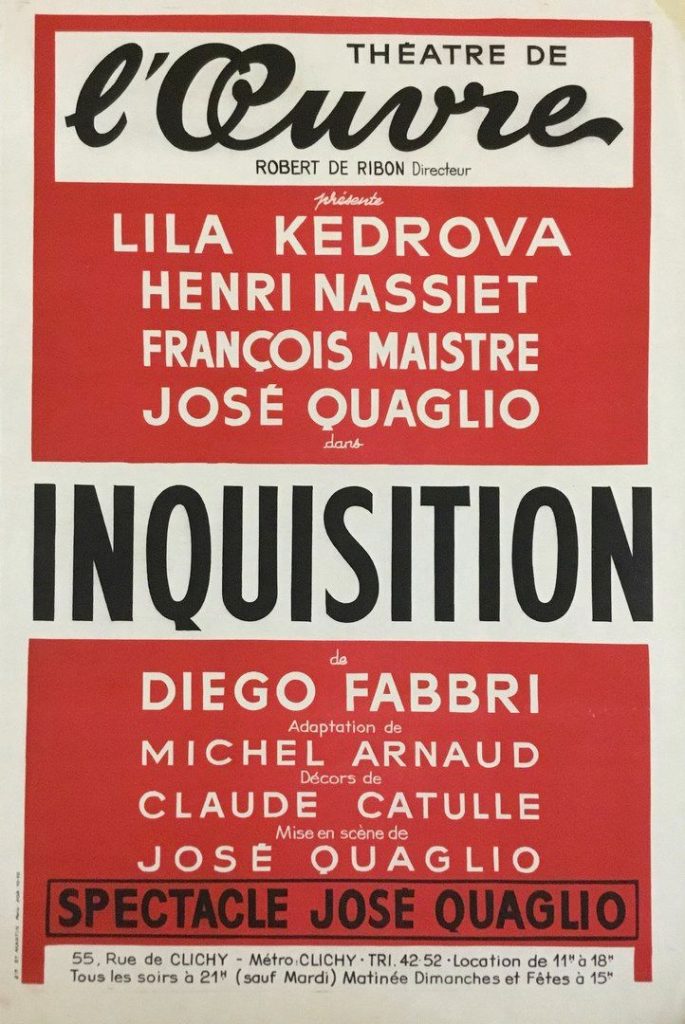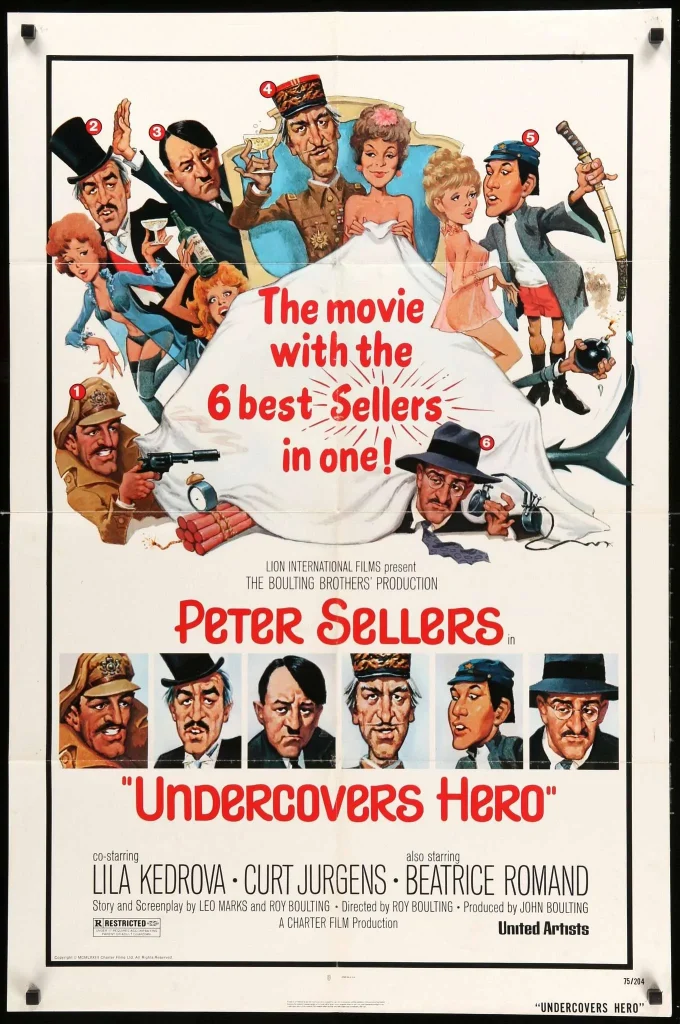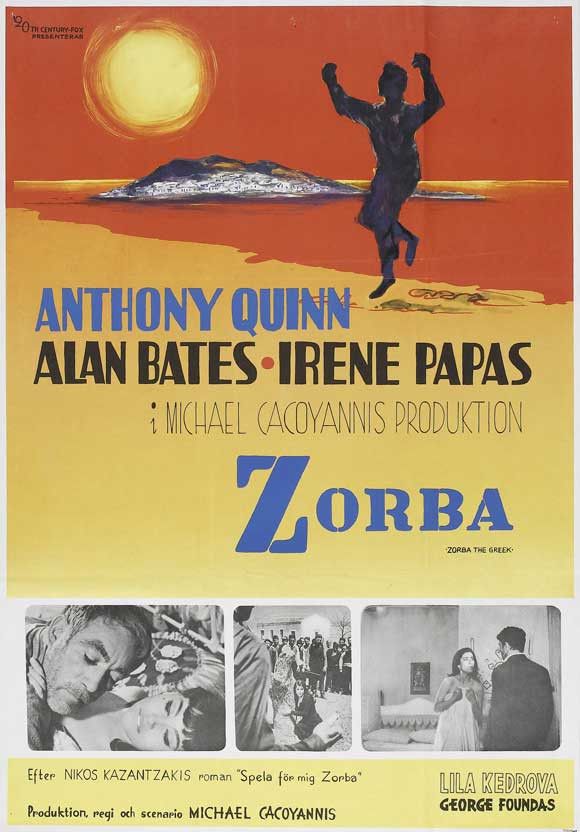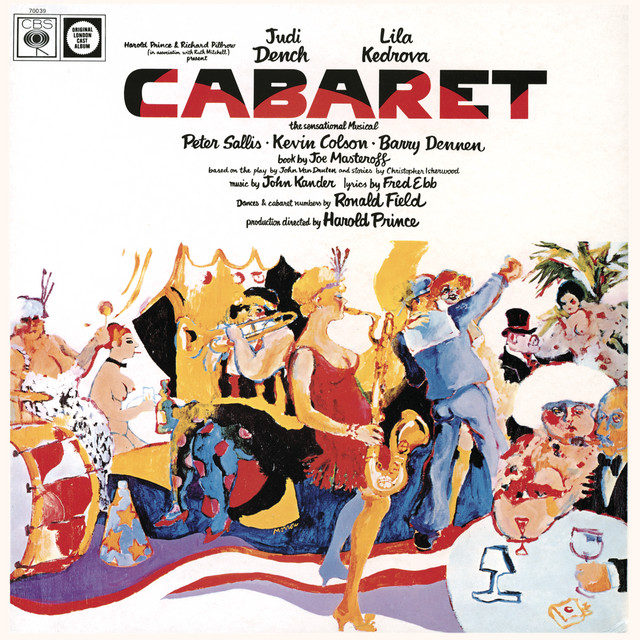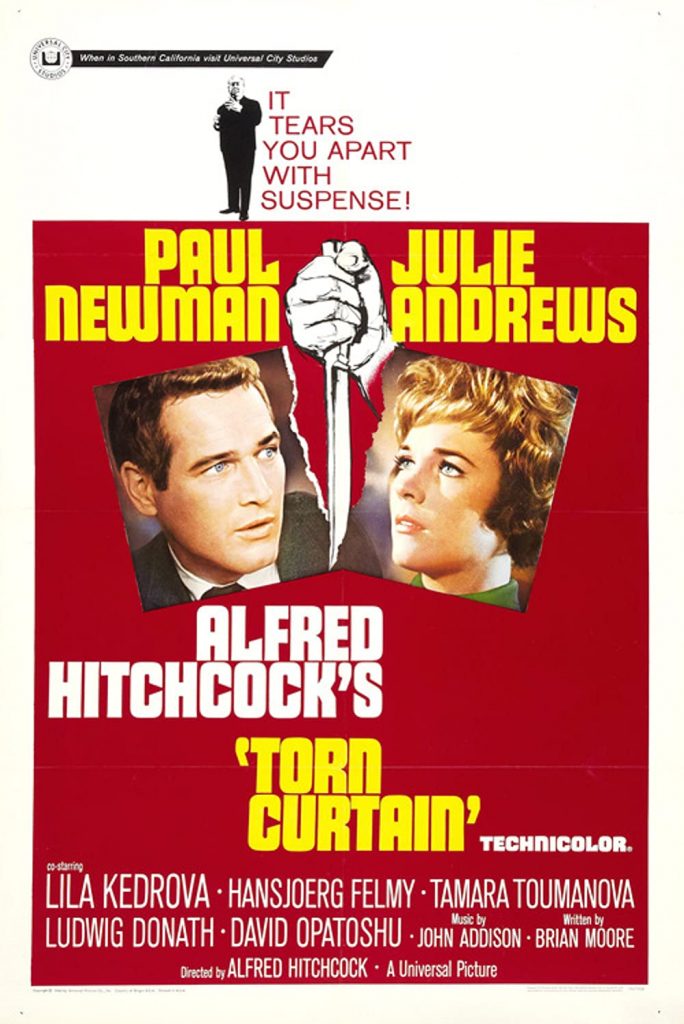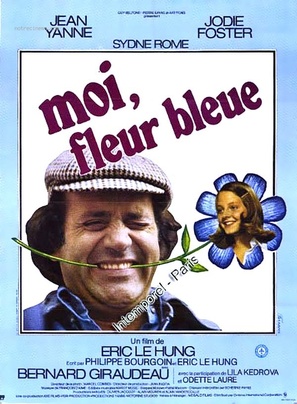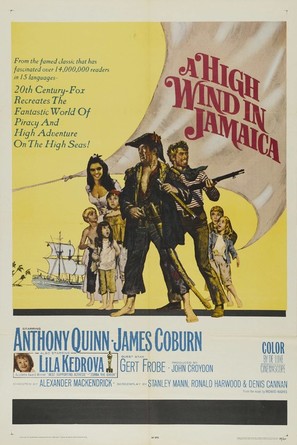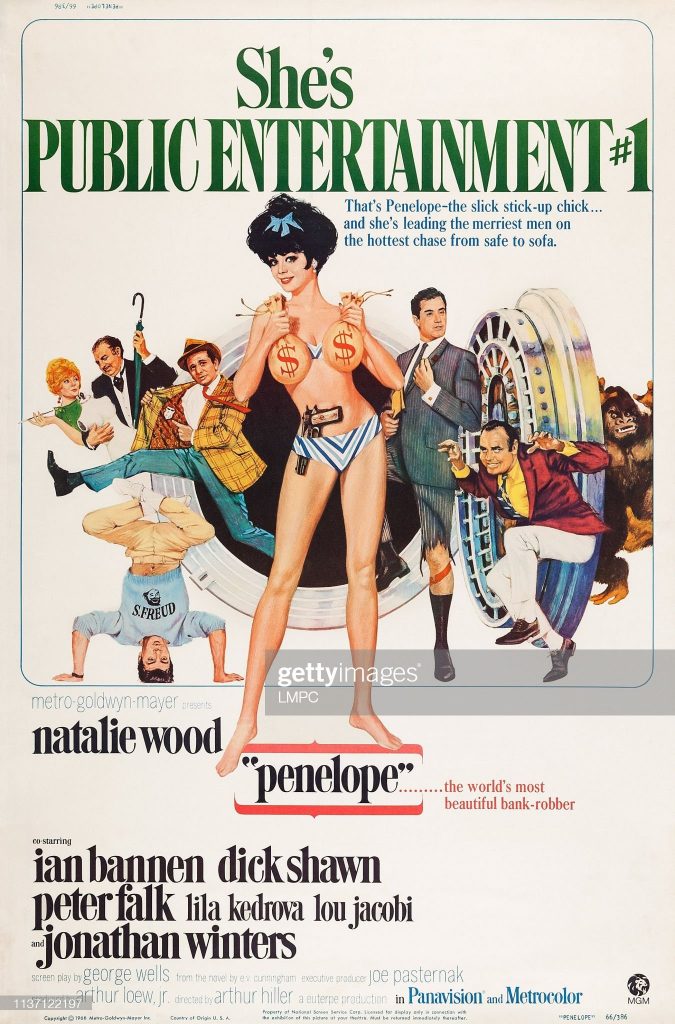
Lily Damita was born in 1904 in Blaye, France. She appeared in some German silent films in the 1920’s, some of them directed by her then husband Michael Curtiz. In 1928 she went to Hollywood and starred in “The Rescue”, “The Bridge of San Luis Rey” and “This Is the Night”. In 1935 she married her second husband the actor Errol Flynn. They had a son together Sean Flynn. Sean Flynn was originally an actor and them became a photographer and journalist who disappeared on assignment in Viet Nam during the conflict in 1970. Damita funded searches for Sean Flynn to no avail. She died in 1994 in Florida at the age oif 89.
Her “Independent” obituary by David Shipman:
LILI DAMITA was a pretty, talented star actress of early talkies, though now chiefly remembered as the wife of Errol Flynn, who called her – if not to her face – ‘Tiger Lil’.
They met on a transatlantic liner in 1935. He was a bisexual adventurer hoping for a career in show- business after making a semiprofessional film in his native Australia. In Britain he had played roles with the Northampton rep, and a fleeting appearance in the West End brought the offer of the lead in a Warner Bros ‘quota quickie’, on the strength of which he was summoned to Hollywood.
Damita was born in France, started dancing professionally at 16 and made her film debut in 1922. She was trouping in Berlin with a company managed by her mother when more movies were offered, if not with significant roles – though she appeared in two made by Germany’s leading director, GW Pabst.
In 1926 she starred in The Queen was in the Parlour, by Noel Coward, filmed by Michael Balcon’s Gaumont-British in a coproduction with the renowned German studio Ufa. But her international career remained on hold till she met Sam Goldwyn in Berlin in 1928.
The advent of Pola Negri and more especially Greta Garbo had caused Hollywood to look more closely at Europe’s female stars. Audiences accepted several movie queens as vamps but, even in the era of the flapper, it was safer to have such stories set in decadent old Europe. Goldwyn had already decided to split up the team of Ronald Colman and Vilma Banky, so he cast Damita as the young wife of an elderly politician who dallies with Colman in The Rescue (1929), a so-so version of Conrad; but with the coming of talkies he feared that her accent would be as much an obstacle as Banky’s. Damita worked on it while on loan to MGM for The Bridge of San Luis Rey (1929), based on Thornton Wilder’s novel, and was signed by Fox for her first talkie, The Cockeyed World (also 1929), as the fiery senorita fought over by Sergeant Quirt (Edmund Lowe) and Captain Flagg (Victor McLaglen).
This was a sequel to What Price Glory? (1926), when their bone of contention had been Dolores Del Rio, and it enjoyed the same phenomenal popularity. Unfortunately, Hollywood was awash with exotic beauties, partly because of Del Rio’s success, and Damita didn’t work again until Paramount cast her as a French orphan who poses as Gary Cooper’s wife in Fighting Caravans (1931) – by which time the arrival of Marlene Dietrich had renewed interest in femmes fatales. RKO made Damita the young wife attracted to a stepson of her own age in The Woman Between (1931), and in Friends and Lovers (also 1931) she was the wife of a sadistic Eric von Stroheim.
Goldwyn dropped her, partly because her frankness with the press about her millionaire lovers was of dubious value at the box-office. She later said that her contract forbade marriage, but she managed a clandestine one about this time, after announcing that she would not, after all, wed Prince Louis Ferdinand, the son of the Crown Prince of Germany.
That last relationship was used by the writers of an Edward G. Robinson vehicle, I Loved a Woman (1931). The Robinson character was a recognisable amalgam of two Chicago tycoons, and in the same vein Warners came up with The Match King (1932), with Warren William as a thinly disguised Ivar Kreuger. Damita played the temperamental German star with whom he is so besotted that he sees his fraudulent fortune disappear, only to lose her to an obscure violinist in the last reel – almost the only element of the role which was not drawn from her own life.
As movie offers ceased Damita returned to the stage, but was sacked after a few days in a musical, Here’s How (1934), supposedly because she could no longer deliver across the footlights but almost certainly because she was too demanding. She walked out of a British film on realising that her role was subsidiary to that of Gertrude Nissen, but stayed to play Jack Buchanan’s girlfriend in a remake of the old farce Brewster’s Millions (1935). It was when returning from that job that she met Flynn.
They became lovers after meeting again on the Warner tennis court and married on a whim, thus presenting the studio with a problem when he became a star overnight in Captain Blood (1935). Warners rose to the occasion and proclaimed her a tempestuous enchantress tamed by their new romantic hero – in contrast to the virginal Olivia de Havilland, his frequent leading lady. Damita was jealous of her and of Flynn’s success and his barely concealed infidelities; after she failed to re-ignite her career in France the couple settled for a life of quarrels, separations and acrimonious attempts at reconciliation.
She became pregnant and after the birth of a son began proceedings for divorce. This was made easier when Flynn was accused of statutory rape by two adolescent members of his fan club; and although he was acquitted the divorce judge awarded her half of Flynn’s property and dollars 1,500 a month. She did not remarry till after his death. Their son, Sean, was briefly an actor in the Sixties, before disappearing, permanently, while photographing the war in Vietnam.
This “Independent” overview can also be accessed online here.






